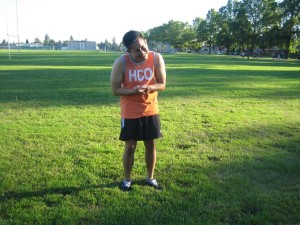Wrist injuries typically occur frequently in overuse scenarios in which the wrist has been subjected under continuous, repeated strain in certain sports or work-related activities. It is important to note that these injuries are typically grouped together and called repetitive strain injuries which include carpal tunnel syndrome and tendon or muscle inflammation.
Other wrist injuries include fractures to the hamate and scaphoid as well as the distal radius. These can be causes by falls onto an extended arm or vehicular accidents. These injuries involve the placement of a cast for a number of weeks, although it can also benefit from a brace after the period of immobilization. The type of brace that should be used usually depends on the structures that are damaged, severity, movement allowed and activities that will be performed while the brace is used.

High level of protection
These braces provide the highest level of support and oftentimes referred to as a splint. They are made out of metal or plastic and fix over the back and front of the wrist to prevent most movements. These braces must have a foam or alternative soft material inside so that it will provide comfort while the brace is being used. These are suitable for severe conditions where partial immobilization of the wrist is needed.
Medium level protection
Medium protection braces vary the type of support and movement allowed. These are generally neoprene supports that offer warmth and comfort. There are carpal tunnel braces have a metal or plastic splint implanted into the front part of the brace in order to prevent flexion of the wrist. This is often detachable in order to minimize restriction while still providing adequate support as the condition improves.
Other types of medium level wrist braces and supports are simple neoprene supports that provide warmth, support and compression to the wrist joint and oftentimes including the numb. Support and compression can be altered with the use of Velcro fastenings. Conditions such as ligament sprains and tendonitis will greatly benefit if these braces are used by the individual.
Low level protection
The low level wrist braces and supports are simple elastic grips or neoprene supports that do not cross the wrist to the hand, thus allowing full movement at the joint. Take note that this type of brace provides minimal support to the wrist joint and only useful for heat retention as well as compression to minimize the swelling that develops after the individual sustains an injury.
Today, there are a number of wrist braces and supports that are available in the market that can provide the required support to various injuries and conditions. If you do not know the appropriate wrist brace or support to use, it is best to consult a doctor so that the wrist one can be recommended.
